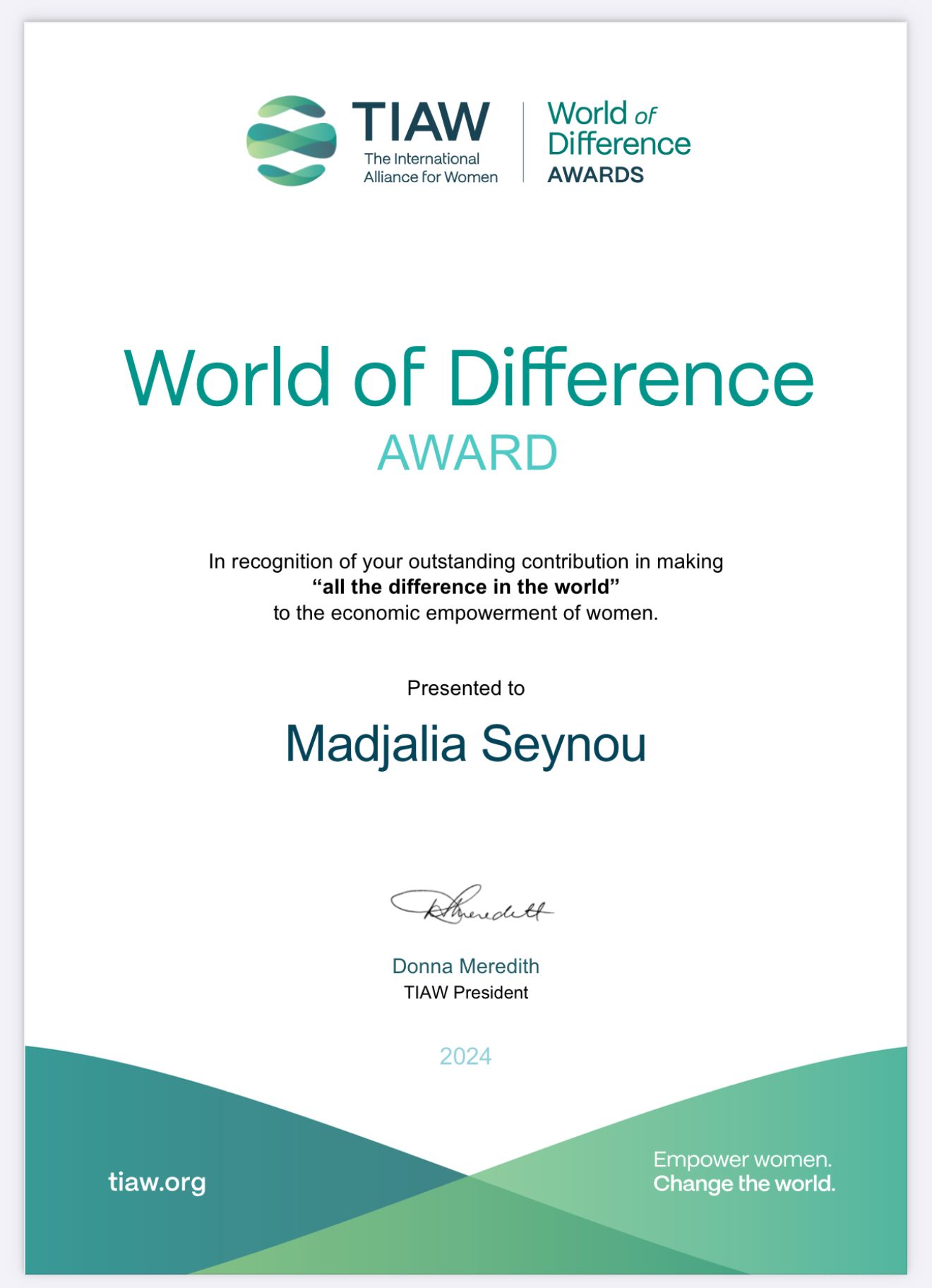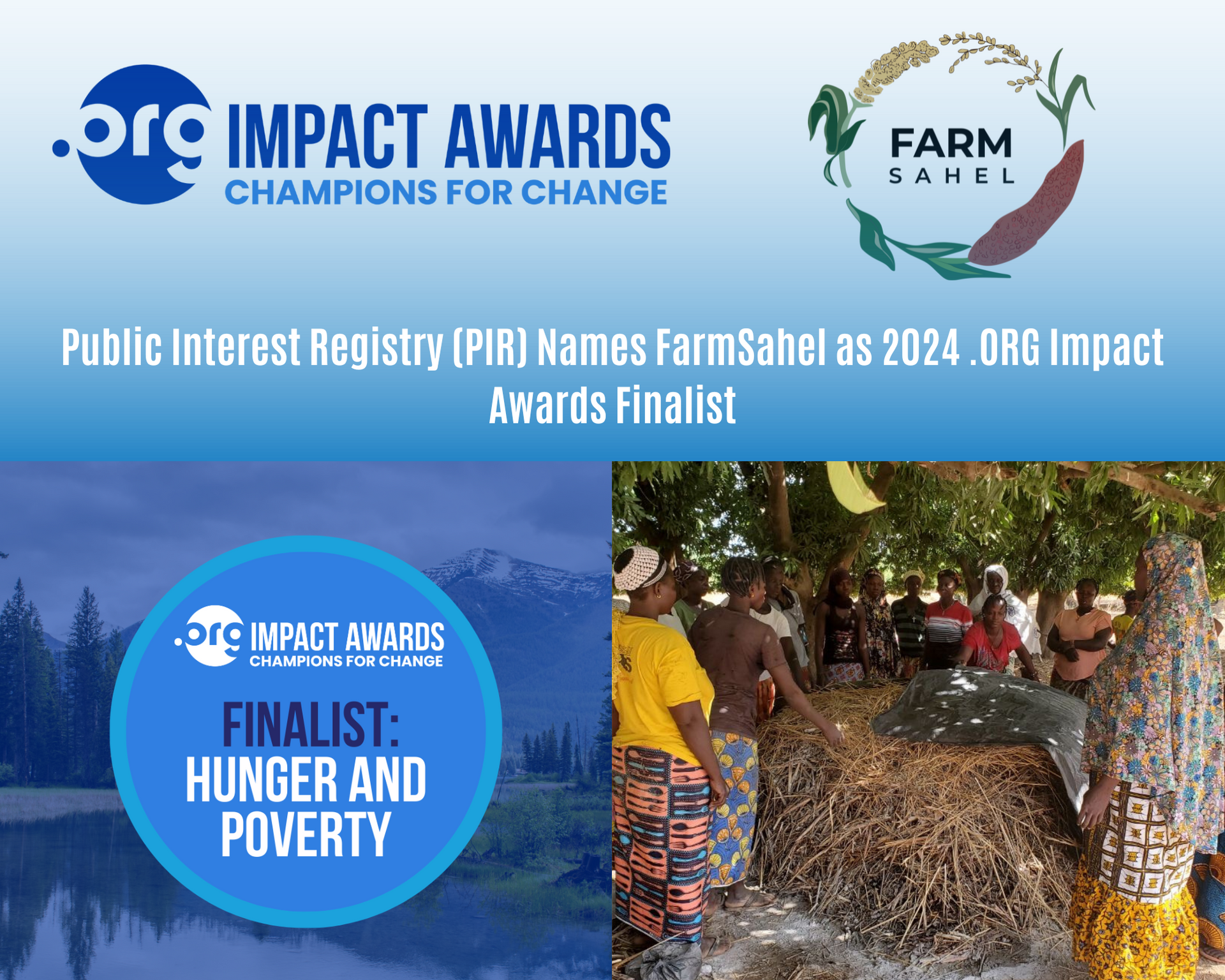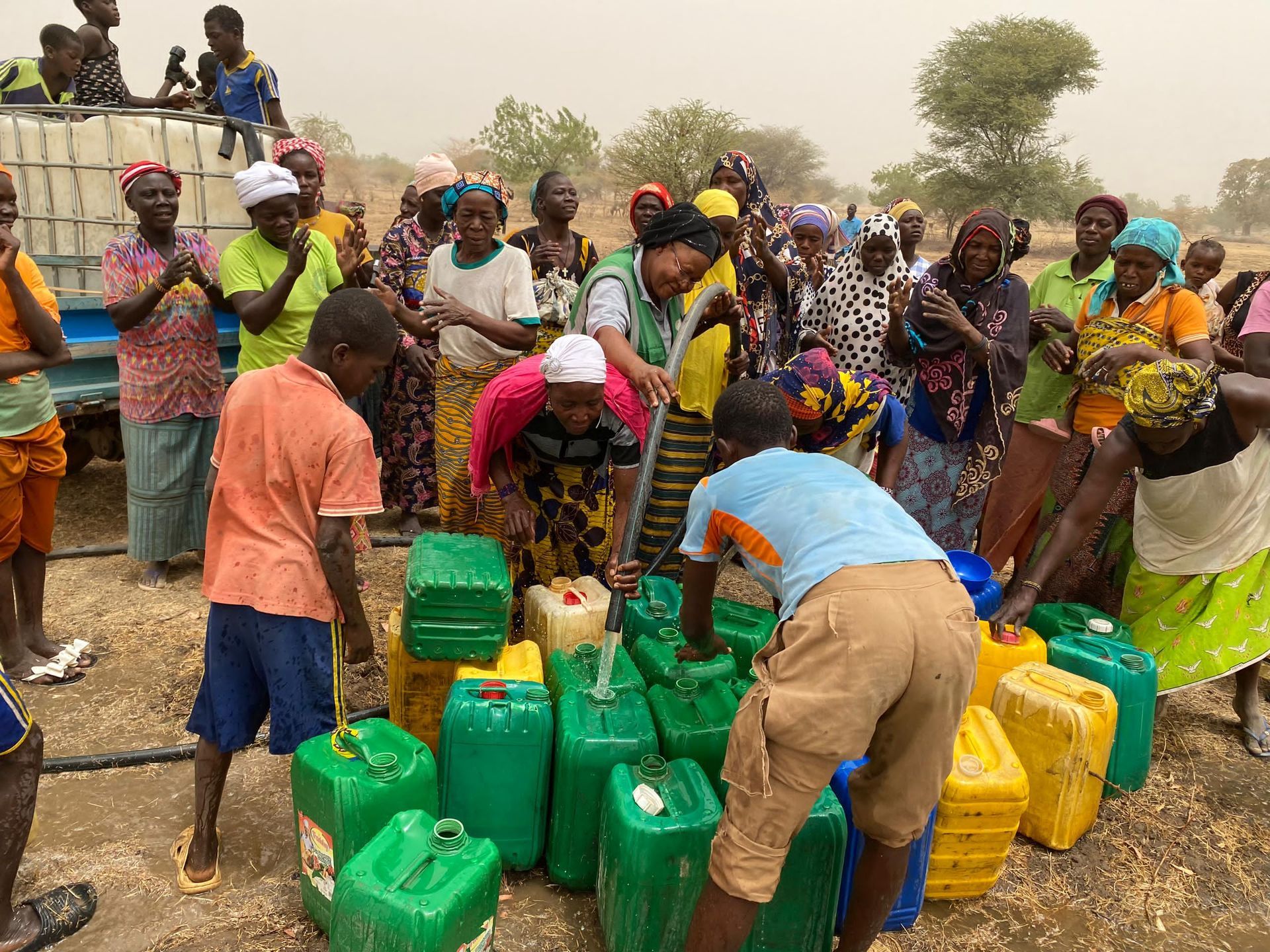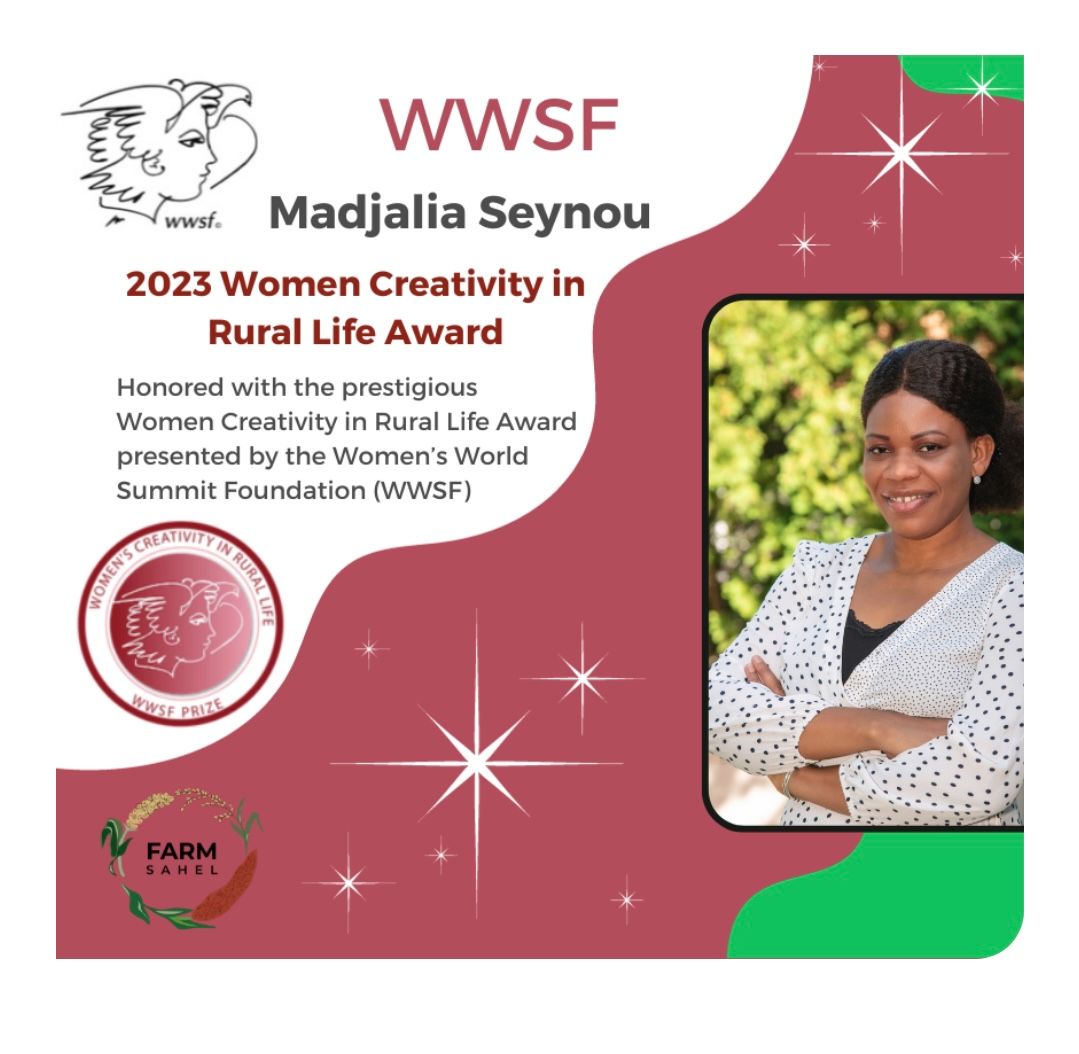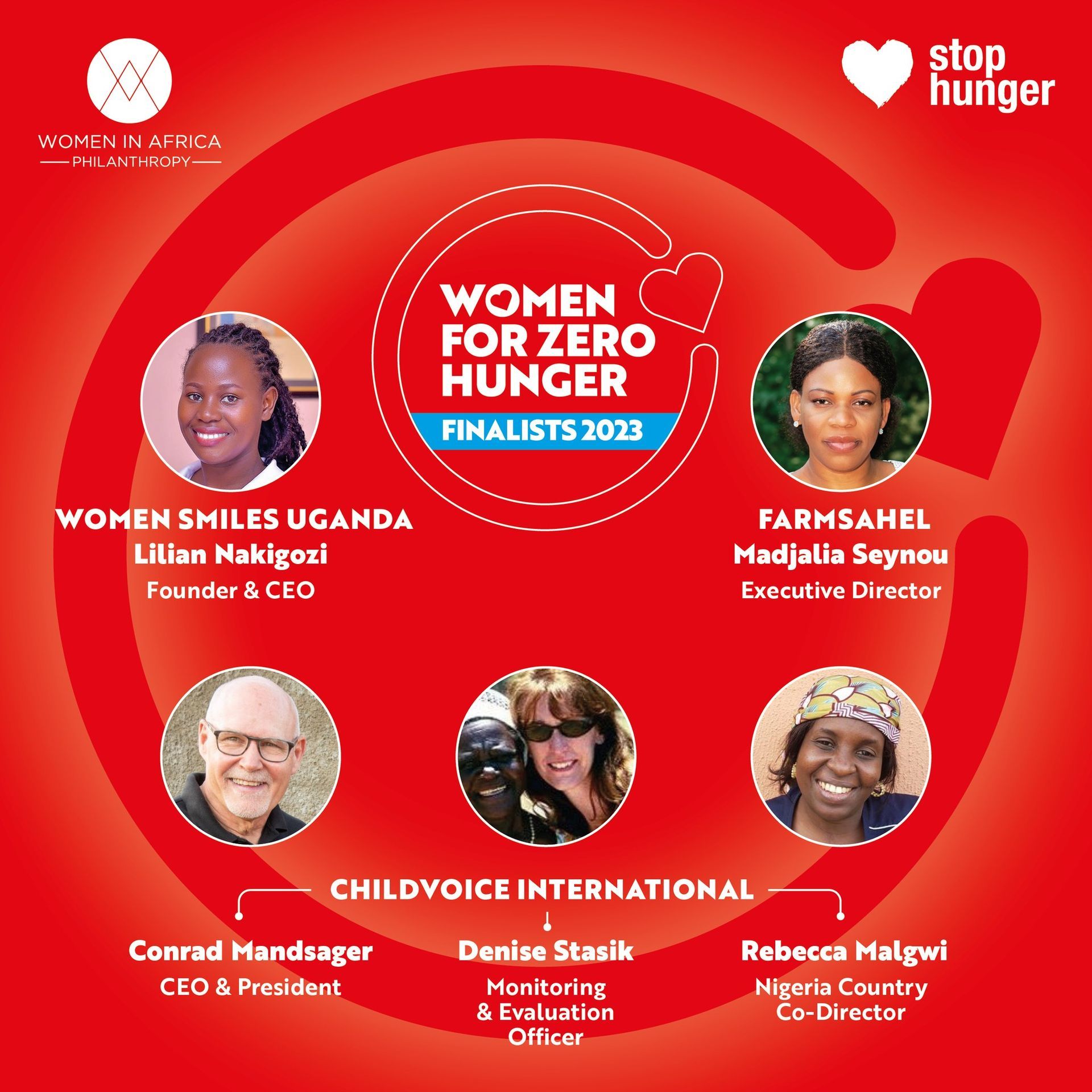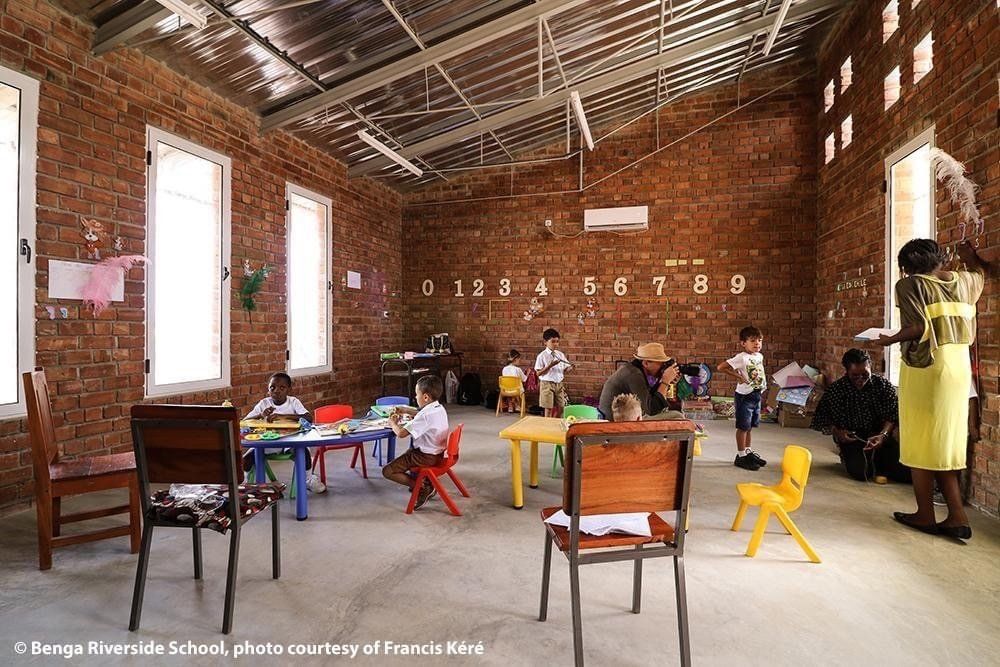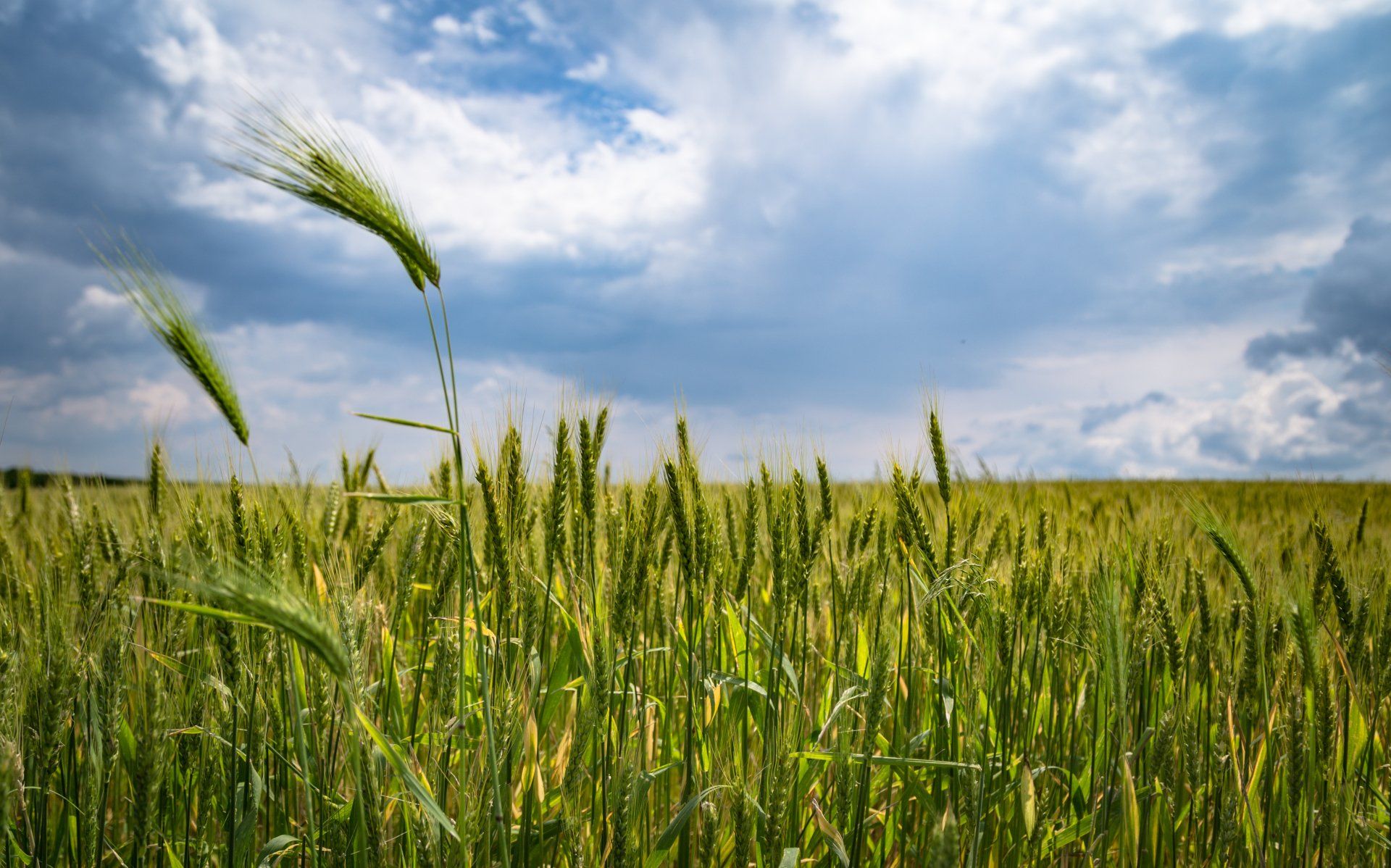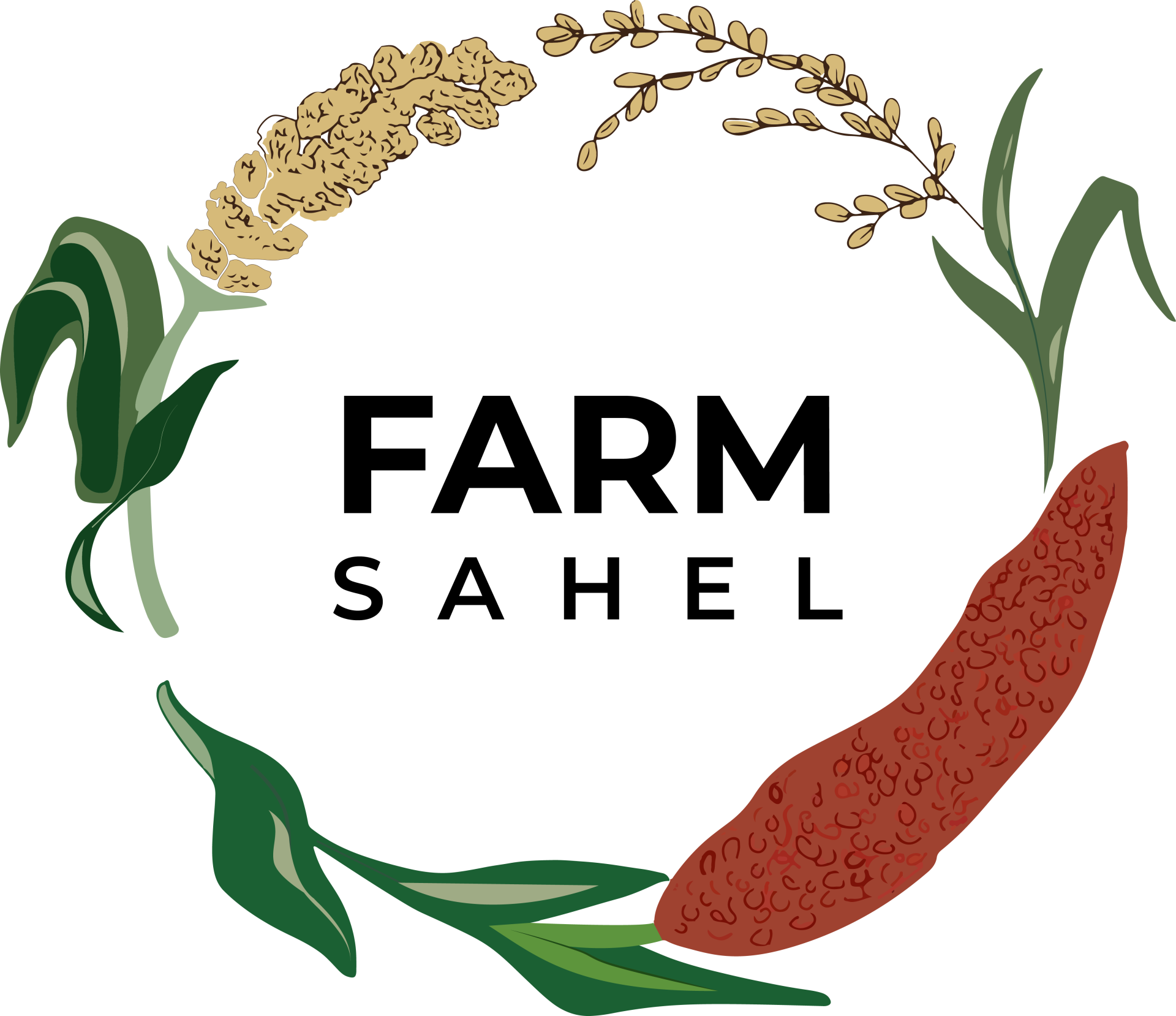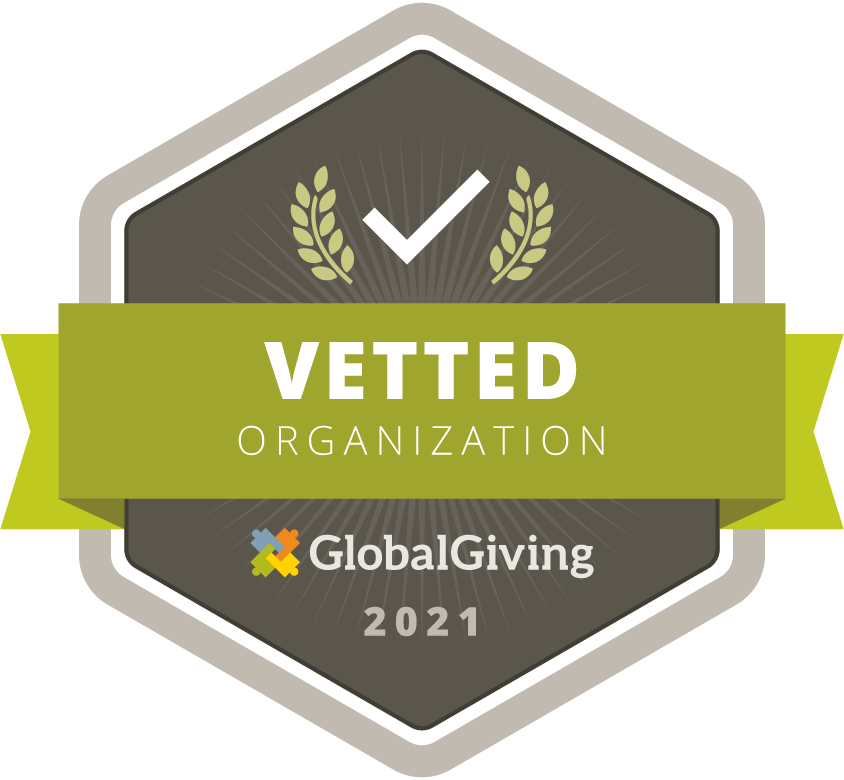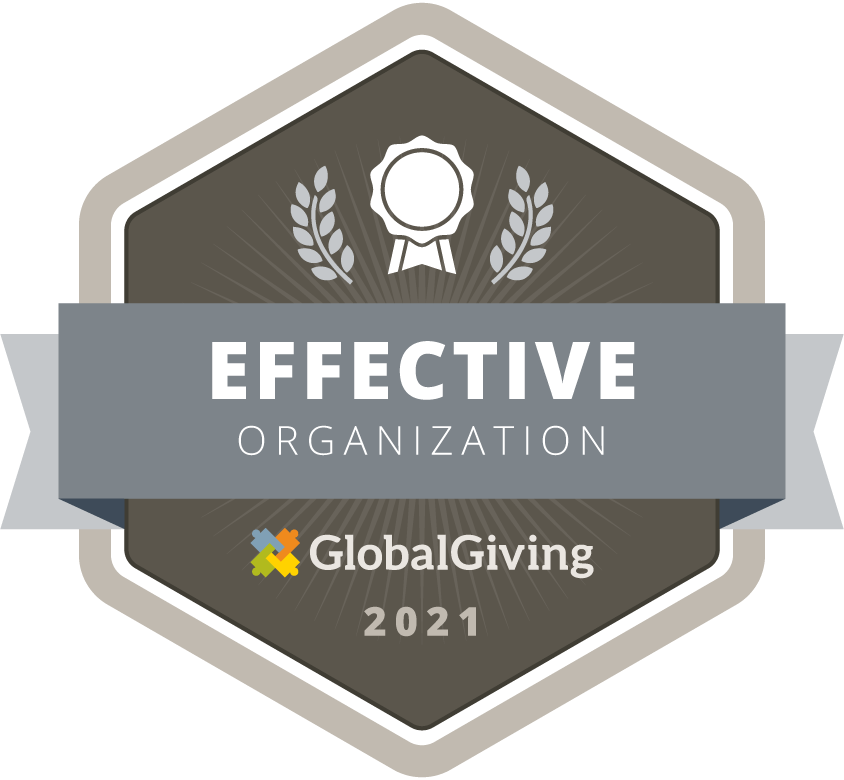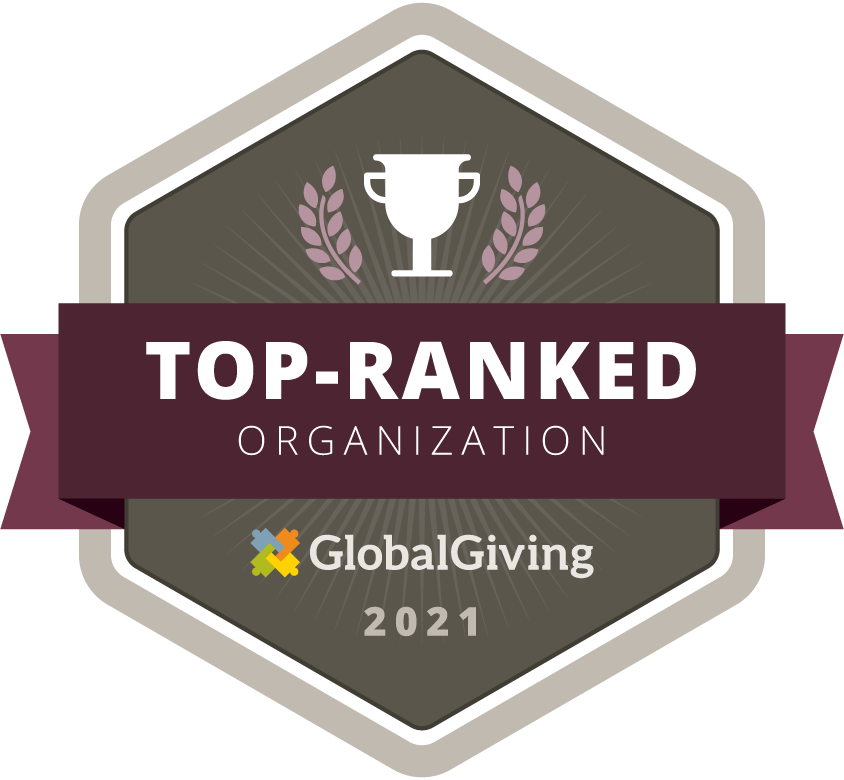New Tools to Fight Malaria
Every year 290 million people are infected with malaria, and over 400,000 die. This parasite can be excruciating and often elusive. Symptoms include high fever and shaking chills. Malaria, scientifically known as one of the six parasites in the Plasmodium species, is first caused through contact with red blood cells. A human can contract the pathogen from an infected blood transfusion, a mother to an unborn child, sharing needles, or most commonly, through infected mosquitoes.
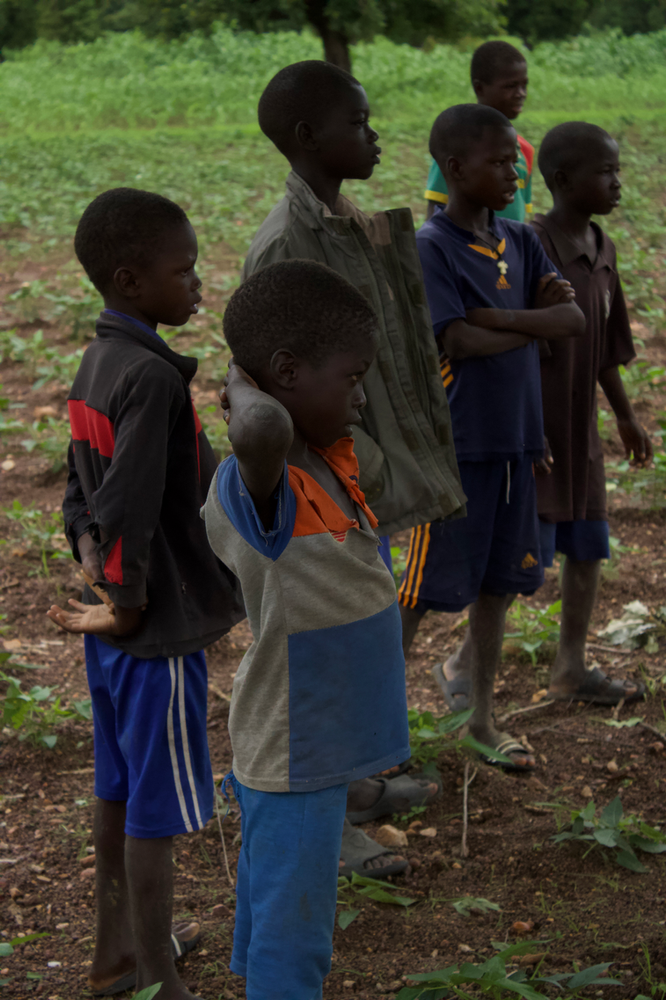
Mosquito bites make up the majority of infected cases. A mosquito gets infected by biting an already infected human. Once a human contracts the parasite, it flows to the liver and lays dormant. Depending on the parasite strain, malaria can stay dormant in a human for up to a year. Once the parasite matures, it leaves the liver and infects red blood cells. When malaria attacks red blood cells, it often leads to anemia, especially in children, which is a condition in which your body cannot supply its tissue with enough oxygen.
Through this debilitating off-shoot of malaria, children under five and pregnant women are some of the most vulnerable in the population. In Burkina Faso, exposure to malaria infection while pregnant is 30%, and maternal anemia was over 40% in 2018. Burkina Faso is among the top 10 countries with the highest number of Malaria cases and deaths. It is estimated that 50% of children under five have had moderate to severe anemia. In total, there were 7.9 million cases and 27,800 deaths in Burkina Faso alone. It accounts for 3% of all cases and 4% of all deaths globally. Malaria infection peaks during the rainy season, usually from June to October. 43% of all doctor consultations and 22% of deaths are because of rampant malaria in Burkina Faso.

The government has a structure set in place for this widespread and deadly parasite. The system starts at the central level, which is responsible for developing strategies, mobilizing resources, monitoring implementation, and evaluating project performance. The next level includes 13 health regions and eight regional hospitals. Lastly, there are 70 health districts with a district hospital, medical centers, and primary health facilities at the face-to-face level. In addition, there currently is a pre-referral pilot program started by the NMCP for children under five in the north and Sahel regions of Burkina Faso. This program will test potential cases and preemptively send affected children to hospitals for treatment.
In Burkina Faso, aspects of healthcare are free, including malaria preventatives like an insecticide-treated bed net. Healthcare covers around 15% of Burkina Faso's total annual budget. However, the fight against malaria is expensive and just getting more complicated. Many of the usual treatments used to fight or prevent malaria are no longer effective against strains that have grown resistant. The only vaccine available for malaria, Mosquirix, is only 30% effective and requires four doses. Short of the WHO recommendation of a 70% efficacy rate.
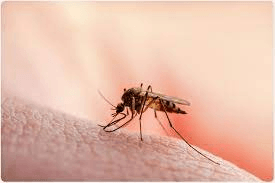
Luckily with the breakthrough of mRNA technology, companies are quickly trying to find vaccines for other diseases like malaria. While vaccine production and science facilities are slow to be built in Africa, early tests show that an mRNA vaccine for malaria is on the horizon. BioNTech and Pfizer are working on a vaccine and will run trials at the end of 2022. Oxford University is already expanding its phase one trials.
In April 2021, 450 children in Burkina Faso completed a malaria vaccine trial. It proved to be 77% effective. So, Oxford will widen its next trial into four African countries, inoculating 4,800 kids between the ages of five months and three years old.
While there is good news on the horizon, Burkinabe people need assistance now as the rainy season comes into view. Once infected, bills for treatment and hospital visits can be astronomical. That is why FarmSahel needs to continue its work to economically empower women farmers. Families do not have enough money to eat, let alone incur the costs of a debilitating parasite. While the vaccine looks promising, and there is cause for hope, this is not the end of malaria. FarmSahel will continue to support rural women farmers, who can lose their entire harvest if affected by this parasite. Now is the time to support FarmSahel's efforts to economically empower women farmers, so malaria is seen less as a death sentence. Let families get the treatment they need and give parents some sense of security.
Our recurring donors are making a continuous impact and we are truly grateful for the ongoing support. If you are not yet a recurring donor, we warmly invite you to consider setting up a recurring donation.
Please also share this with your contacts and invite them to consider supporting our work.
If you have any questions, please feel free to email us at info@farmsahel.org.
https://impactmalaria.org/where-we-work/burkina-faso
https://www.severemalaria.org/countries/burkina-faso
https://www.mayoclinic.org/diseases-conditions/malaria/symptoms-causes/syc-20351184
https://www.who.int/news/item/19-10-2021-scientists-share-data-from-first-who-recommended-malaria-vaccine
https://www.reuters.com/world/africa/potential-new-malaria-vaccine-shows-promise-burkina-faso-trial-2021-04-23/
https://www.biopharma-reporter.com/Article/2021/07/27/BioNTech-to-develop-mRNA-malaria-vaccine-unveils-ambitions-for-Africa-vaccine-supply#:~:text=BioNTech%20aims%20to%20develop%20the,a%20wide%20range%20of%20diseases.
